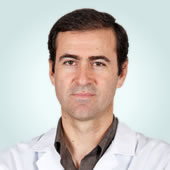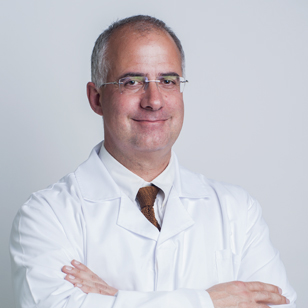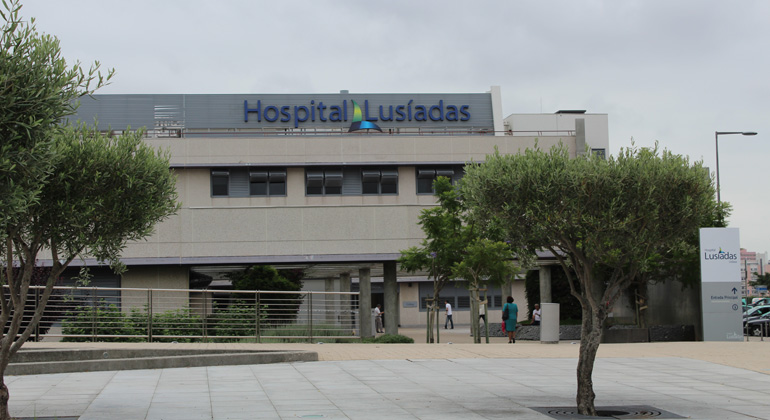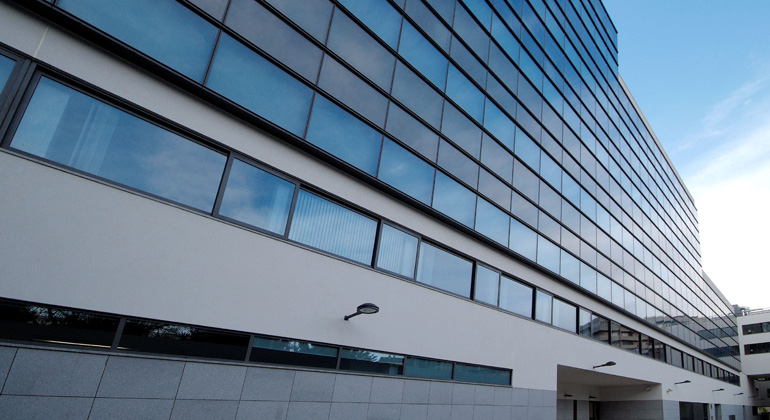Breast Augmentation (Implant)
Augmentation of the breast consists of insertion of a silicone bag (prosthesis) under the breast (submammary) or under the breast and chest muscle (subpectoral) and then filling the bag with saline (salt water)
This prosthesis expands the breast area to give a fuller breast (increased cup size), give a better contour, and give more cleavage.
The incision (cut) may be placed at various locations such as: under the breast at the breast fold; periareolar which is at the edge of the areola (brown area consisting of nipple and areola); within the areola; in the armpit (axillary); or in the umbilical area.
The thinnest scar is usually in the areola. The umbilical incision approach is used with an endoscope (tube with a light for visualization and placement of the breast implant).
Medical Port, with its team of highly-experienced physicians and world-class accredited hospitals, has several options for your Breast Augmentation Surgery Abroad.
If you would like to learn more information about Plastic Surgery in Portugal, contact us through email, by calling +351 220 973 751, +351 211 379 718, +351 911 046 197, or by filling out our form. You can also contact us through our free call service to your right.
The smooth surface implant requires a large pocket and is associated with a 10% incidence of capsule contracture (tightening of the scar around the implant causing firmness or hardness). The smooth implant has only an occasional occurrence of rippling or wrinkling which gives the overlying skin a wavy appearance.
A textured (roughened surface) implant is associated with a 3% incidence of capsule contracture but has a 7-9% occurrence of rippling.
The easiest surgical placement of the implant is under the breast tissue (submammary).
A slightly more difficult surgical placement is under the chest muscle (submuscular or subpectoral) but this position is associated with a lower incidence of capsule contracture and slightly less occurrence of rippling. There is more pain postoperatively than with a submammary placement.
The ultimate size of the breast is mainly a personal decision by the patient. Cup size is an inexact estimate of the final size since cup sizes vary with the bra manufacturer and how tight or loose the patient wears her bra as well as how much breast tissue is already present. Describing the preferred cup size does aid the surgeon, but it also helps to look at pictures or photos to show the physician the desired final look.
The most accurate method of estimating the implant size (in ounces) is to fill a plastic bag with measured amounts of water and place in a bra with the patient's estimated cup size. One can see with the bra on and covered by a sweater what the final result will approximate.
Patients most often comment that, "I wish I had gone larger," although there is a rare patient who feels she is too large.
It is not known how long implants will last. In the body, the wall of the implant may weaken and become disrupted. This is more likely when there is an impact injury, such as from the steering wheel of a car or fall. The implant may or may not last a lifetime and depends upon the manufacturing process and other, as yet, unknown factors.
Most patients are extremely happy with breast augmentation. There is a certain amount of increased self esteem and self confidence which may result.
The patient who desires augmentation should not be influenced by family or friends as to whether or not the surgery should be performed and what size is most desirable. This is a very personal matter to most patients and satisfaction is best when the patient makes the decisions.
Doctors who perform this medical procedure

Plastic Surgery
With a degree in Medicine by Faculdade de Medicina da Universidade do Porto, Dr. António Conde has performed more than 18.000 surgical procedures and is currently the Coordinator of the Plastic Surgery Unit at Hospital Lusíadas Porto and the Director of the Plastic Surgery Unit at Hospital de S. Sebastião.
Responsible for introducing pioneer techniques at a global level in upper and lower members procedures, as well as head and neck. He has written more than 80 essays in portuguese and international meetings and has been published 20 times in specialized publications, either as author or co-author.

Coordinator of the Plastic Surgery Unit
With a degree in Medicine by Faculdade de Medicina de Lisboa since 1988, Dr. Rui Leitão is the Coordinator of the Plastic Surgery Unit at Hospital Lusíadas de Lisboa since 2006. Previously he worked in several other public and private hospitals of Lisbon, Portugal’s capital.
His main interest areas are: Breast reconstruction, Hand surgery, Esthetic surgery, Microsurgery, Dermo-cosmetic procedures and Laser treatments.


